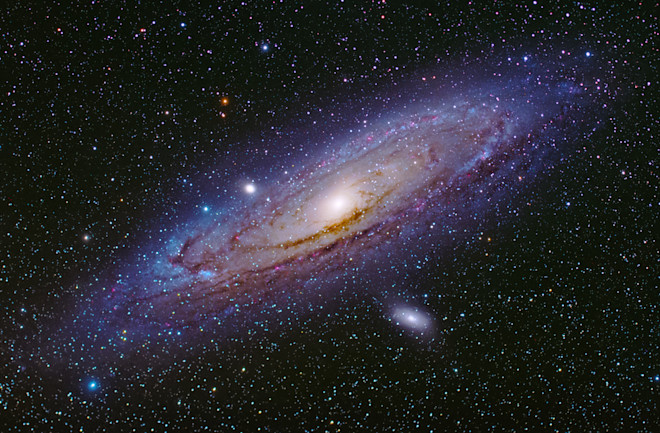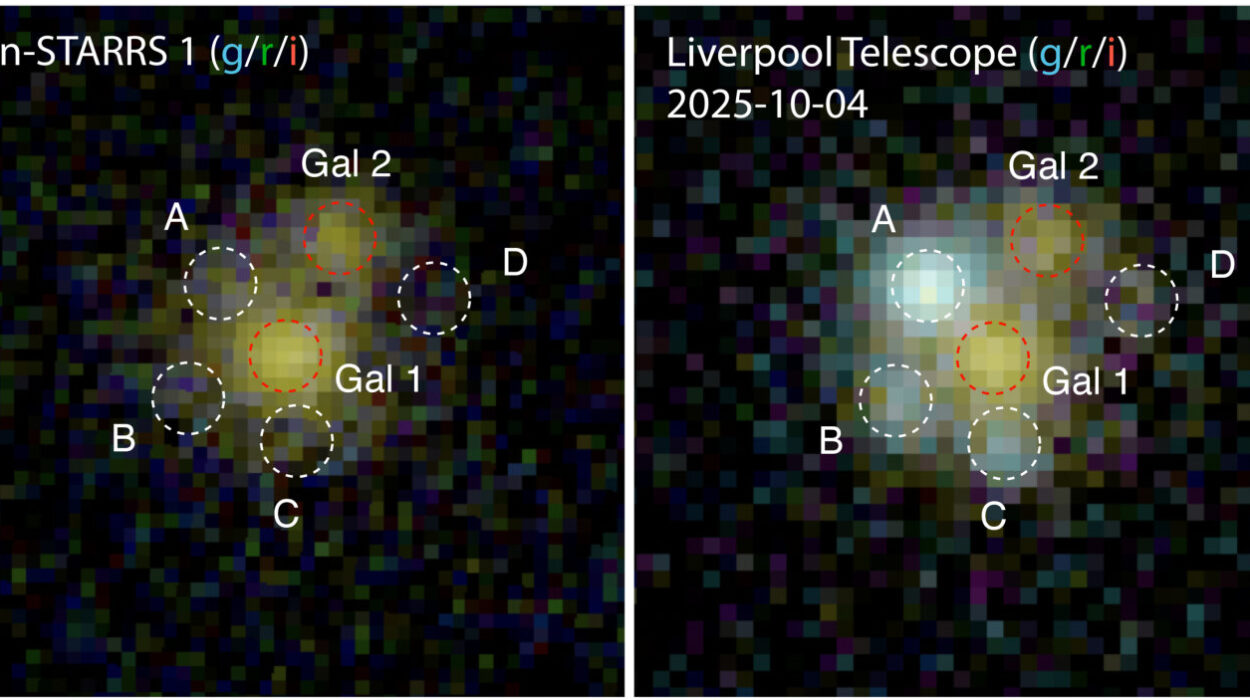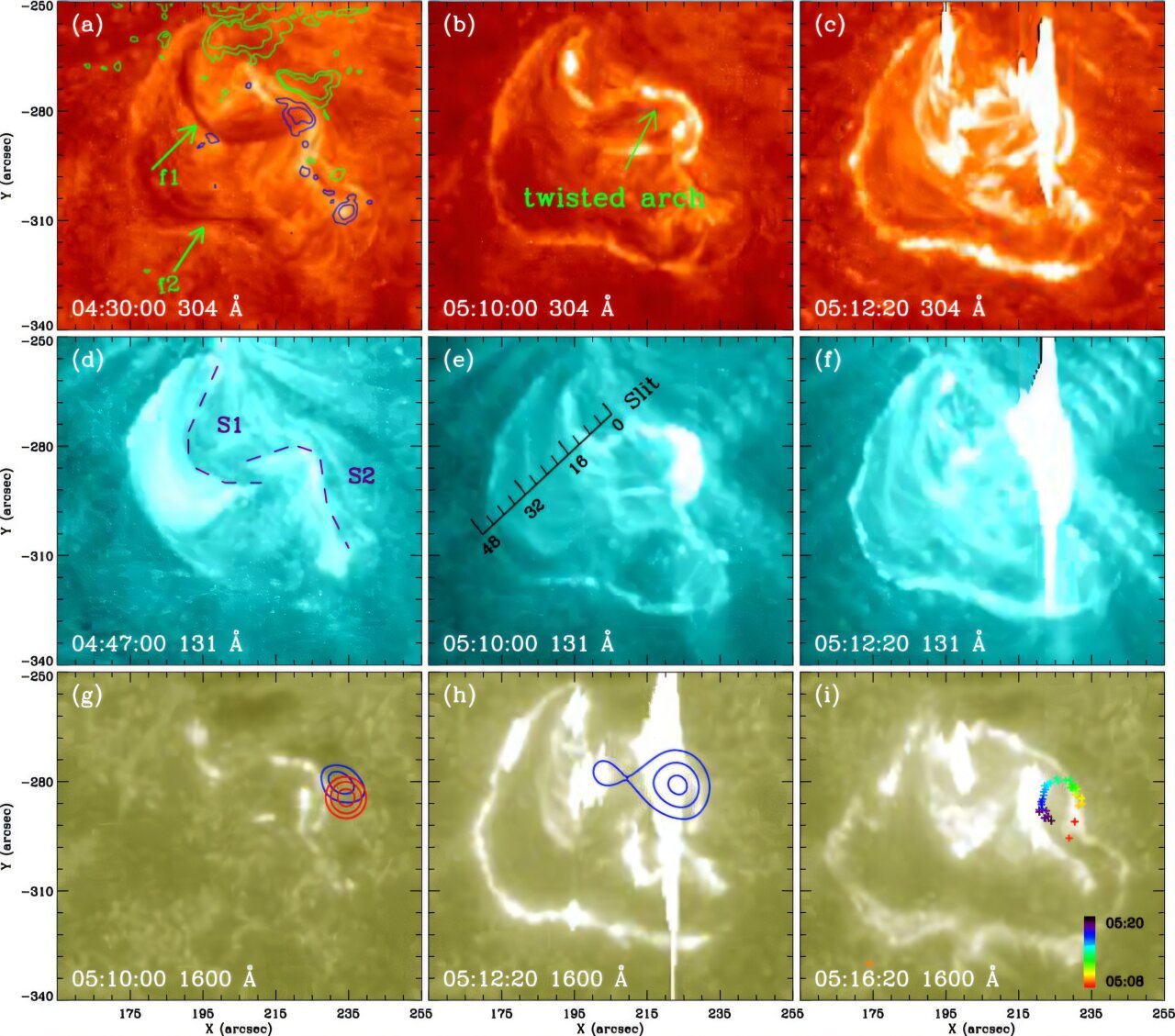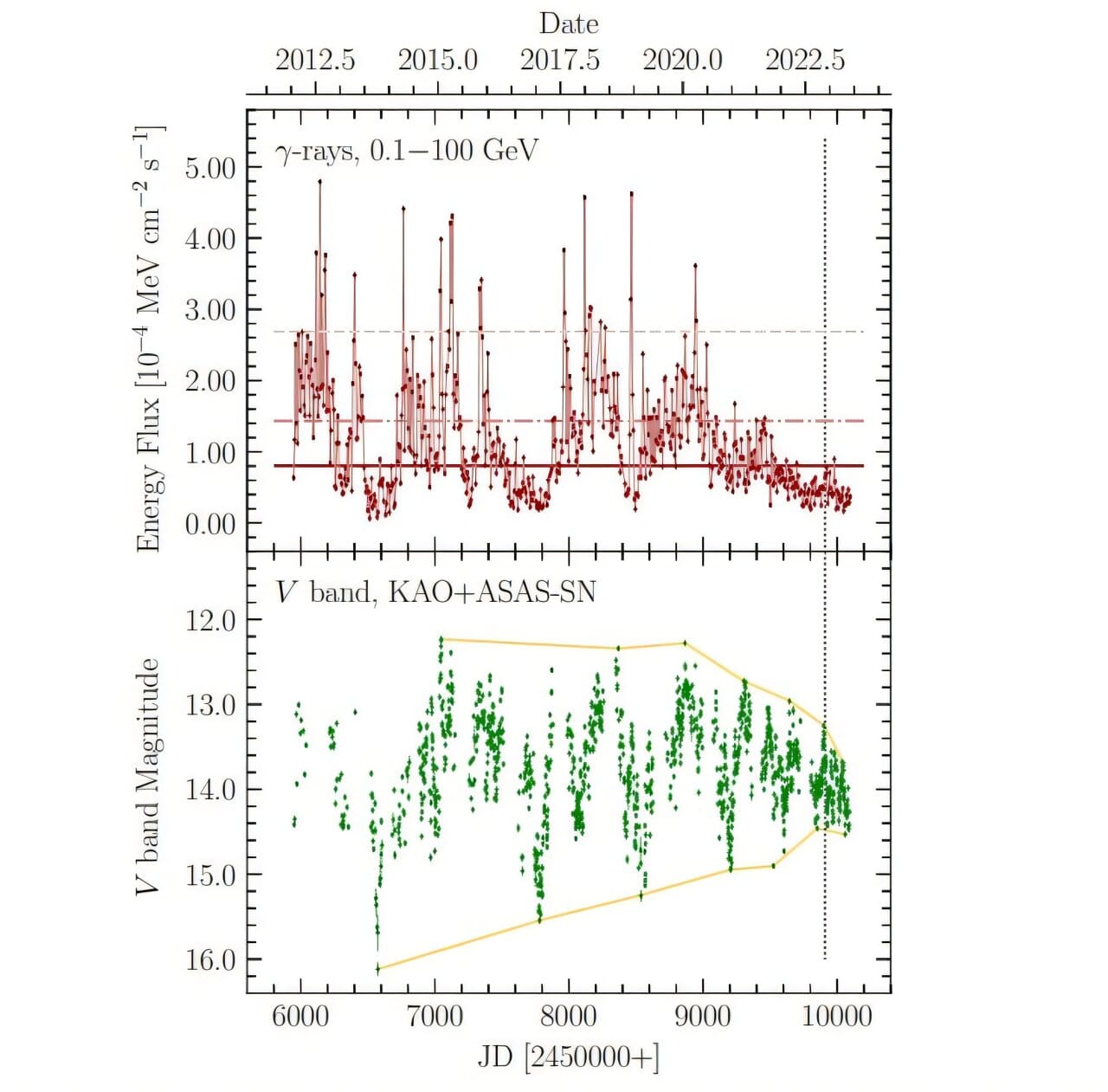In the silent theaters of space, where stars die and galaxies swirl like ethereal pinwheels, an astonishing cosmic drama plays out: black holes—regions of space where gravity is so intense that not even light can escape—occasionally unleash dazzling jets of matter that shoot across the cosmos at near-light speed. These phenomena, known as relativistic jets, are not just beautiful oddities. They are beacons of astrophysical activity, messengers from the deepest wells of gravity, and vital players in shaping the evolution of galaxies themselves.
Despite being discovered over a century ago, the genesis of these jets has long baffled astrophysicists. What makes a black hole, a paragon of destruction, suddenly erupt with blinding bursts of matter and energy? Why do some remain silent while others scream across the universe in beams of ionized gas? Recent research led by Professor Kazutaka Yamaoka of Nagoya University may have just cracked a piece of this cosmic code.
The Power of Stellar-Mass Black Holes
While black holes come in many sizes—from miniature remnants of primordial density to gargantuan beasts that lurk at the centers of galaxies—this study focuses on stellar-mass black holes, the kind formed from the gravitational collapse of massive stars. These black holes typically weigh in at 3 to 20 times the mass of our Sun and often exist in binary systems, dancing with a companion star whose matter they slowly siphon away.
The matter from the companion doesn’t fall straight in. Instead, it spirals toward the black hole, forming an accretion disk—a flattened whirlpool of gas and dust that heats up to millions of degrees as it accelerates toward the event horizon. It is from these luminous disks that jets are born.
Yet not all accretion disks give rise to jets. The cosmic recipe is far more subtle and, until recently, poorly understood.
An Engine of Plasma and Light
The recent study, published in the Publications of the Astronomical Society of Japan, zeroed in on a particularly active stellar-mass black hole in a binary system—a black hole and a sun-like star locked in an orbital waltz. What made this system ideal for investigation was its regularity: it fired off 5 to 6 distinct plasma jets over a span of just 20 days, like a ticking astrophysical clock.
Using X-ray and radio data collected between 1999 and 2000, Yamaoka and his team were able to reconstruct the sequence of events leading up to each jet eruption. What they found was as elegant as it was revolutionary.
Jets don’t emerge from static conditions, the study found—they explode into existence during rapid, dynamic changes in the black hole’s accretion disk. Specifically, two crucial criteria must be met for jet formation:
- The inner edge of the accretion disk must shrink rapidly.
- This inward movement must reach the innermost stable circular orbit (ISCO)—the closest possible orbit matter can take around a black hole without plunging in.
When this boundary is crossed, it’s as if a cosmic switch is flipped. The system, charged with magnetic energy and superheated gas, erupts.
The Dance of Matter and Light
To the naked eye, of course, this drama is invisible. But astronomers can observe its signature through the behavior of X-rays emitted near the black hole. Before a jet fires, high-energy X-rays dominate—flickering chaotically from the hot, turbulent plasma near the black hole. But as the inner disk collapses inward, these X-rays become “softer”—more low-energy photons—and their erratic variability fades.
This softening, long known to astronomers, was a mystery in itself. But Yamaoka’s team discovered that it’s not merely a side effect—it’s the trigger. The soft X-rays signal that the disk’s inner edge is plummeting inward, rushing toward the ISCO. It is this dynamic plunge, not a steady-state condition, that generates the jets.
It’s a revelation that challenges many longstanding models of jet formation, which assumed that jets emerged from stable, ordered environments. Instead, this study paints a picture of jets as bursts of chaos—symptoms of a cosmic system in violent transition.
Why Jets Matter
Jets may seem like cosmic fireworks, but their importance is far from superficial. These plasma beams extend for light-years across space, transferring energy from black holes into their surrounding environments. In doing so, they regulate star formation, influence galaxy evolution, and serve as natural laboratories for extreme physics—from magnetohydrodynamics to relativistic motion.
Jets also offer us a rare glimpse into black holes themselves. Since black holes cannot be observed directly, scientists rely on the material around them—the glowing disks, the ejected jets, the disrupted stars—to understand their properties. In this way, jets act as messengers, carrying vital information from the brink of the unknowable.
Moreover, by studying stellar-mass black holes, which evolve on human-observable timescales, astronomers can develop models applicable to supermassive black holes—millions to billions of times more massive—which live in the centers of galaxies but change so slowly that direct observation of similar phenomena is difficult.
Toward a Universal Theory
Yamaoka and his colleagues believe that the mechanism they’ve uncovered—dynamic disk shrinkage reaching the ISCO—may not be unique to stellar-mass black holes. Instead, it could be a universal key to understanding jet formation across all scales of black holes.

This proposition opens the door to a unified theory of jet formation. If the same physics applies whether the black hole is 10 solar masses or 10 billion, we may be on the cusp of a deeper, more elegant understanding of how the universe structures itself.
Applying these findings to supermassive black holes is the team’s next step. While harder to study—because their disks evolve over decades or centuries rather than days—they may still betray similar signatures, perhaps through echoes in light or long-term variability in X-rays and radio emissions.
The Symphony of the Universe
Black holes, long thought of as silent sentinels of space, are turning out to be far more dynamic and expressive than once imagined. They do not merely consume—they pulse, they eject, they influence. Through the formation of jets, they participate in a galactic symphony that binds matter and energy across unimaginable distances.
The findings of Prof. Yamaoka and his team take us one step closer to decoding this music. They reveal that, even in the darkest corners of the cosmos, patterns exist. Chaos can yield structure. Collapse can give rise to creation.
And perhaps most profoundly, they remind us that even in the vast emptiness of space, change is the engine of wonder.
Reference: Kazutaka Yamaoka et al, X-ray spectral and timing properties of the black hole binary XTE J1859+226 and their relation to jets, Publications of the Astronomical Society of Japan (2025). DOI: 10.1093/pasj/psae113






